The Sifnos Monster
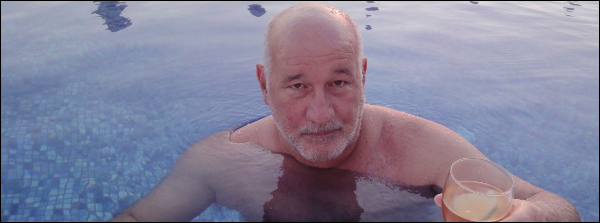
“Stellios, owner of the local ice-cream shop as well as the only Greek taverna in Iceland, poked fun and teased us about the Sifnos Monster, but it became apparent that it was bothering him, too, and one day he sat down at my table and spoke very seriously to me. ‘You must stop all this talk about this Sifnos Monster. It is going to scare all the tourists from the island.” To him, this was a much more frightening prospect than the terrible creature guarding the road to Apollonia. But I knew Stellios well. ‘Don’t worry about the monster,’ I reassured him. ‘If anyone can figure out a way to make money out of it, you will.’”—Matt Barrett
Nothing At All to Write Home About
By Matt Barrett
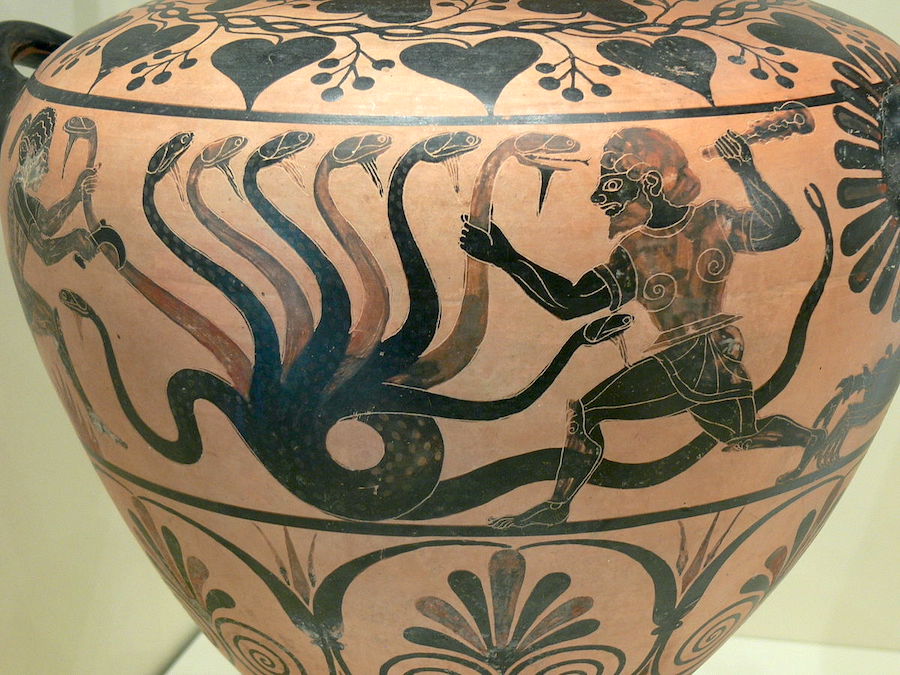
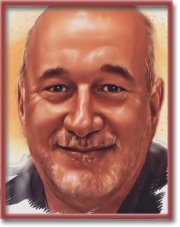
CARRBORO North Carolina & KEA Greece—(Weekly Hubris)—1 May 2023—It was during a summer in the early 1980s that I first heard about the Sifnos Monster. I had stopped in New York on my way to Greece and stayed with my sister Cindy and her family while I waited for a standby flight to anywhere in Europe. After a plane, a few trains, a ferry, a bus, and a particularly wild first night in Athens, I found myself hungover and on the Friday afternoon ferry to Sifnos.
Who should I see on the rear deck but my sister Cindy and her three-year-old son Shane. My visit had inspired her. She had bought a couple tickets and left her husband to spend the summer in Greece.
We each rented a third of a house right on the beach. The remaining third was inhabited by Old Markos, one of the famous potters of Sifnos, an island known for its ceramic art. We all spent the summer together in this ancient stone house.
Every day, Markos would come out of his part of the house and watch the sun set between the two arms of the bay. He had rheumatism, so he couldn’t make pottery anymore. He just sat. Sometimes, we would sit with him.
He would always say the same things to us. If the wind was blowing and the sea was rough, he would say, Poli fassaria (much disturbance). When the evening ferry would arrive, he would say Polis cosmos (much people). When the sea was calm, he would say Poli eisihia (much quietness).
It was actually kind of funny. We would just be sitting there saying nothing, sort of meditating on the beauty of our surroundings, but in the back of my mind there was this tension because I knew that at any moment Markos was going to speak. I knew exactly what he was going to say, though I never knew when he was going to say it, so these quiet moments with Markos, sitting outside his hut on the beach turned into these internal struggles.
I suppose I could have changed the routine and asked him about his long life or told him about America, but I wasn’t sure that wouldn’t be a kind of sacrilege. Maybe he didn’t want to talk. Maybe he was in a state of total peace and his simple words were just a sigh to the universe. I sat and tried to emulate Markos, watching the sun sink on the horizon, trying to give the appearance of inner peace, while inside I was just waiting for him to speak. Maybe he was doing the same.
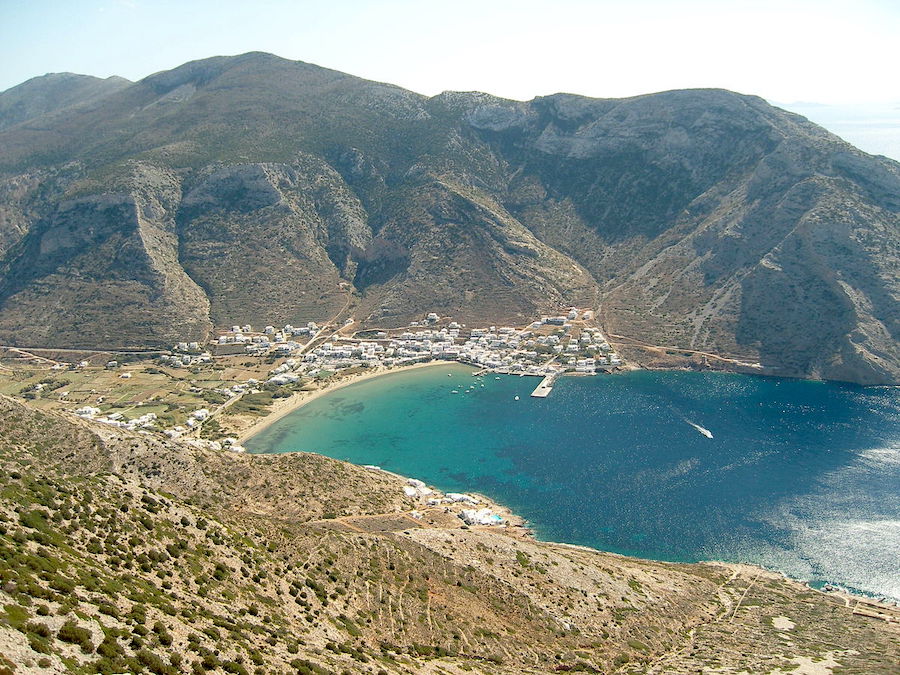
I’ll never know. Now Markos is dead, and the house is a restaurant, and the ruins next door are a cafe-bar nightclub. Sifnos has changed.
But it was that summer, while we were sitting on the small bench outside Markos’ hut, that my sister asked me the question. “Matt. Have you ever heard really loud breathing on the road down to Kamares from Apollonia?” I hadn’t. But I had heard what I thought she was talking about while walking on the rocks in Kamares Bay. It was the sound of air being pushed through cavities in the rock by the movement of the waves. I assumed that this was the same phenomenon that caused the heavy breathing sound that Cindy had heard, even though the road was miles from the sea. But a couple weeks later, I overheard Eleni, an elegant Mexican woman from Berkeley who had a great love of island lore, telling two young tourists about the legendary Sifnos Monster and how the islanders would not walk down the Apollonia road at night.
It wasn’t until two more summers had passed that I heard the Sifnos Monster, myself.
I was with my friend Chris Hunt. We had borrowed a couple motorcycles to go to Phillipe’s Italian restaurant at Platy Yialos Beach for a party that had ended before we arrived. It was a 40-minute ride on unlit mountain roads so, on the way back, we stopped at the Saligari Night Club in the mountain village of Katovati to listen to some live rebetika music and have one drink, which was all we could afford there.
Andonis Kalogeros, the famous potter and island Casanova, was dancing for the tourist girls he had brought to the club, doing handstands and back-flips. We stayed for a while and left when we finished our drinks. After passing through Apollonia, we drove down the road to Kamares with Chris in the lead. Suddenly, he signaled me to stop.
“Do you hear that?” he asked. I could hear it. Even above the roar of the motorcycles, the sound of heavy breathing came from the ravine that ran down the mountainside and passed under the road beneath us. It was unbelievably loud, and it scared the hell out of us. We raced back to Kamares and ran into the Old Captain Bar.
“There’s a monster on the road! There’s a monster on the road!” we cried in terror to the few remaining customers who looked blankly up from their drinks. They laughed and ridiculed us, having neither the courage nor the desire to investigate. We pleaded for someone to come back with us and be our witness that we were not crazy. Finally, Caroline, the girlfriend of Lefteris the bartender, agreed to ride up there with us. When we reached the curve in the road, the breathing was as loud as before. “Let’s turn off the bikes and check it out,” said Chris, with the courage of youth.
“If you do, I’ll kill you!” cried Caroline, pounding on his back. “Let’s get out of here!” And down the mountain we zoomed once again. “There is a monster! There is!” cried Caroline back at the bar. “And it’s enormous!”
The two remaining customers looked at us condescendingly, then, with great effort, lifted themselves away from their drinks. “Let’s go see this monster,” they chimed in bored unison.
When we returned to the curve in the road, the monster was still breathing, but not as loudly as before. Having experienced it in its full fury, the hushed tone still evoked feelings of terror in me from the two previous visits. But not so with these two guys. One was German, the other French, and they both tried to out-cool each other by acting as un-enthused and disinterested as possible. When the German guy took a leak in the vicinity of the monster’s now hushed breathing, it was the act of ultimate disrespect for our legend.
“Let’s get these jerks out of here,” I whispered to Chris. But my real inclination was to leave them there and hope they were eaten.
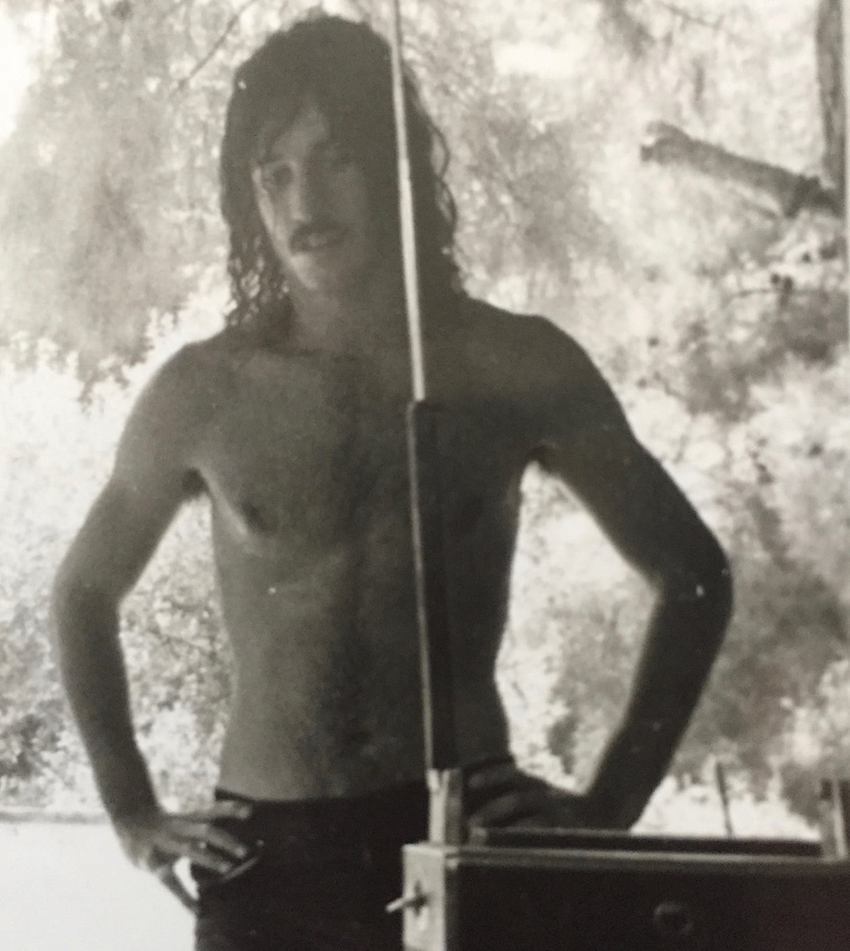
The next day, we organized a search party to go after the monster. To motivate our friends to move from one cafe to another was difficult enough, but to get a group to ride up the mountain road in the mid-afternoon sun was a feat unparalleled in Sifnos Tourist History and a sign of great respect to the Sifnos Monster Myth.
But, as we had feared, when we arrived, there was no sound of heavy breathing. This, of course, filled our party with great courage and we searched the hillside with abandon. We found two goat skulls and we were sure we were on the right track. But when Danish Michael stuck his head in a cave, a bat darted out and caused us all to run away in terror. Our spark for adventure extinguished by the flying furry creature, we drove off to Plati Yialos to eat fried squid.
We then tried our best to enhance the Legend of the Sifnos Monster, telling every newcomer about it. The curve in the road became a favorite spot for romance. “Do you want to go hear the Sifnos Monster?” became the pick-up line of the summer and many relationships were consummated near the monster’s lair.
Stelios, owner of the local ice-cream shop as well as the only Greek taverna in Iceland, poked fun and teased us about the Sifnos Monster, but it became apparent that it was bothering him, too, and one day he sat down at my table and spoke very seriously to me. “You must stop all this talk about this Sifnos Monster. It is going to scare all the tourists from the island.” To him, this was a much more frightening prospect than the terrible creature guarding the road to Apollonia.
But I knew Stelios well. “Don’t worry about the monster,” I reassured him. “If anyone can figure out a way to make money out of it, you will.”
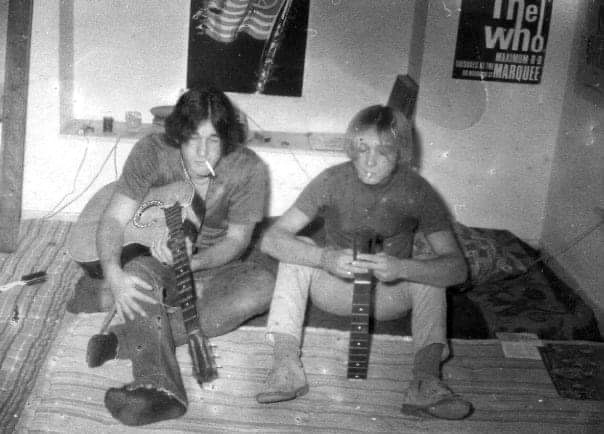
We continued driving up to the lair of the Monster. We couldn’t help ourselves. It was the only show in town. One night, we were standing in the road with our bikes turned off, listening to the monster, when we saw Adonis the Casanova approaching on his motorcycle. He stopped and spoke to us. “No sex tonight. Self-service. People say me Casanova but every night sleeping alone.”
“Listen, Adonis. What is that sound?” we asked him.
“I have to go now!” he said quickly and was gone.
Interest in the Sifnos Monster eventually subsided. In desperation, I tried to get a new myth started.
One morning, I had taken a motorbike up the very rocky road that led to the Saint Simeon and Profitis Ilias monasteries when I came upon a deserted quarry filled with smoldering garbage. “Wow!” I thought. “This could be a volcano. I can’t believe nobody knows about this or has not tried to exploit it. Maybe it really is a volcano and they have just found that it’s an efficient way to dispose of waste. Maybe since Santorini is already known as the island with the volcano, rather than be redundant, the Sifniots were being practical with theirs.”
But Stelios was not interested in my volcano theories. He had been working out explanations for the Sifnos Monster and offering them to anyone who would listen, and he now had a new one for me.
“One hundred years ago, Sifnos was a very busy island with many ships in the harbor. In those days, the monks from the monasteries would come down the mountain to have sex with the sailors. They did not want the islanders to know so they would dress up in white sheets and dance down the mountain paths. The villagers would be frightened and run into their homes.”
“That certainly explains everything,” I said as I walked away in amazement. I couldn’t get over the image of each sailor joyfully meeting his favorite monk on the dock while the villagers cowered behind locked doors. But what this had to do with the heavy breathing on the mountain road only Stelios knew.
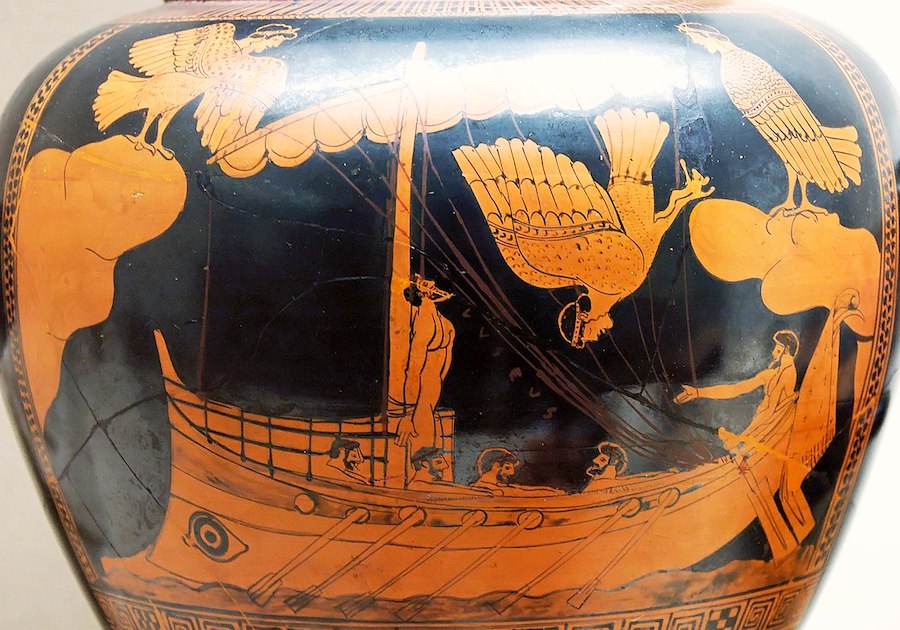
The only sensible explanation was given by one of the most sensible people on the island, the hardest working restaurant owner’s son, Antonios. He told me that what we were hearing was a giant bird known as the buffos, which breathes heavily in the summer to keep his temperature down.
The next day, Stelios came to our table looking happier then I had ever seen him.
“It’s a big bird,” he laughed. “The Sifnos Monster is nothing but a big bird.”
“I don’t care what you say,” said Kyriakos, who had only arrived that day. “I believe there is a monster up there.”
The last time I actually heard the Sifnos Monster was on a humid evening in late August.
A group of us had gone to Apollonia to hang out in the clubs, so of course we had to stop along the way and listen. The sound was very faint, so we continued on our way. On the journey home, we were met in the road by Dorian, who had left the club earlier. “You won’t believe it,” he said. “It’s loud as hell and there are two of them!”
He was right. There were two of them. And they were both breathing louder than ever before. Maybe the Sifnos Monster had found a girlfriend. Bride of the Sifnos Monster.
Then, in a move that stunned all of us, someone threw a rock in the direction of the creatures. There was a flapping of wings and then silence.
I never heard the Sifnos Monster again.
That would seem to be the end of the story. But on my very last day on the island, a cool and cloudy day in early September that came like a breath of fresh air after that hot summer, I was riding my motorbike up the mountain road. When I got to the familiar spot there was a crowd peering over the side of the cliff. Down below, a bulldozer was clearing a way to one of the island taxi cabs that had apparently gone flying off the cliff like the bad guys in a James Bond movie. I asked a farmer holding on to his donkey, what had happened to the driver.
“Nothing. Not a scratch. A miracle!” he said while crossing himself.
I was amazed. The car was demolished. You couldn’t even tell what make it was. I looked at the road. No skid marks. He just drove straight off the cliff like something had got his attention and he’d forgotten he was driving. It could only have been . . .
I jumped on my bike and happily rode down the mountainside to tell Stelios the good news.